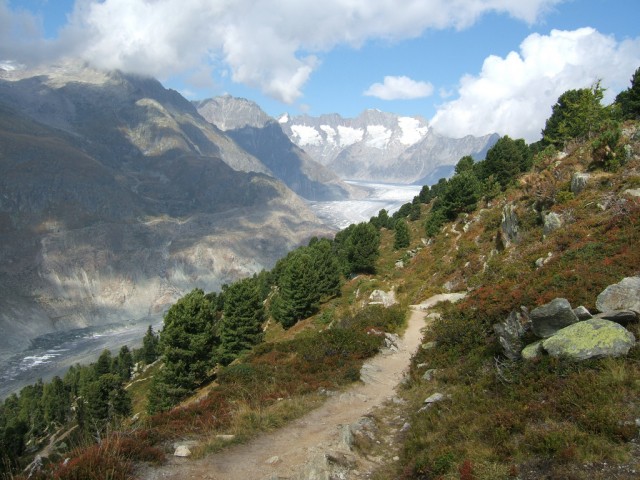Could tree rings skip a beat? Astronomical event tests tree ring dating
Ars Technica » Scientific Method 2014-06-02

Last year, we wrote about a real climate science debate taking place between researchers who look at tree ring records of past climate. Penn State climate scientist Michael Mann, well-known for his work on the “hockey stick” climate reconstructions, published a paper arguing that some trees may have failed to grow for a year following major volcanic eruptions. “Skipping” a ring could shift the whole record from that tree by a year, introducing subtle errors into the compilations that are used to reconstruct past climate.
In support of that possibility, the paper analyzed mismatches between the cooling following eruptions in tree ring compilations and climate model simulations of the predicted cooling. The cooling in the tree ring records was often less, and they found that the difference could be caused by ring-skipping.
Some researchers in the tree ring community were less than enthused with the suggestion that they had failed to catch an issue like this, given the care taken to reliably compile these tree-ring histories. They criticized the earlier paper by Mann, Jose Fuentes, and Scott Rutherford, arguing that there was little positive evidence for the rings going missing during eruptions. Now, a group of researchers has published some new data in the journal Nature Climate Change that they think defends the integrity of tree ring records.
Read 6 remaining paragraphs | Comments